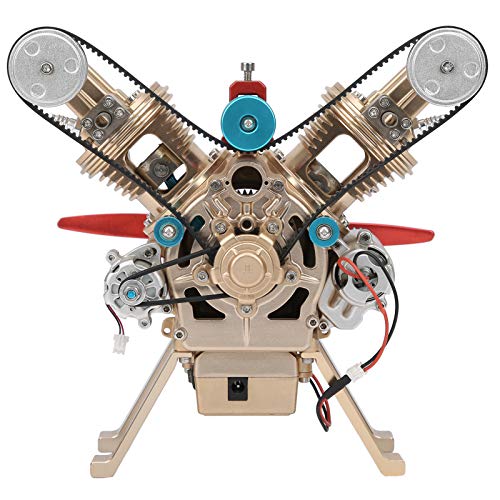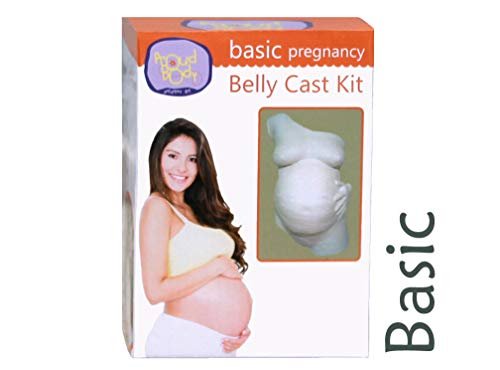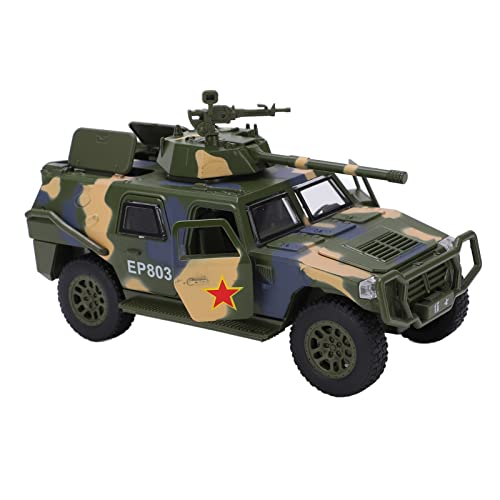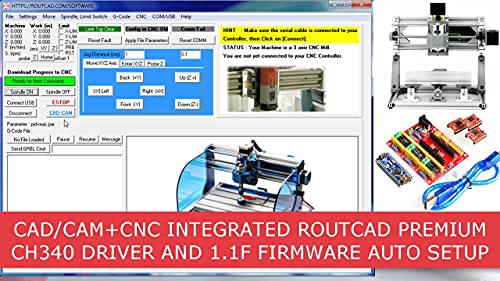Machining flywheels larger than 12" diameter is a problem for me.
I am planning on farming out the 14" flywheel for the 1/2 scale Ball Hopper Monitor, and I know someone who can do it.
I have not totally ruled out machining a 14" flywheel on my mill, using a tool-and-die grinder with some sort of bit in it, assuming I can take very light cuts, and the flywheel is cast close to net, and so is almost at its final size before machining (with bound sand, I can make near-net castings).
I have seen some line-boring machines for boring large equipment, and have considered adapting that for oversized boring/machining.
While casting grand scale parts is more expensive, from the standpoint of 3D printing, bound sand usage, metal usage, cruible size, etc., I have invested in 3D printing and foundry equipment to accommodate some larger castings, or for making multiple small castings.
There are many downsides to building grand-scale model engines, and this discourages most from attempting them.
The upsides to building grand scale engines is the potential to use them to power things on a fractional horsepower level, so they are working engines, and not just model engines (ie: think the Cretors line of steam engines that powered peanut and popcorn roasters, and were built with babbitt bearings for long life).
And if you walk into an engine show with a 1/2 scale Ball Hopper monitor, or other grand scale engine, chances are you are not going to see another engine like it, at least not at that size.
I don't necessarily want to build an engine that is just like multiple other engines at the same show; I like unique and differently sized engines.
And I like to try things that nobody has tried before, because .......... why not ?
Sort of like climbing Everest; how do you know what you really are capable of achieving if you don't attempt some difficult things.
.



 About a 14" flywheel
About a 14" flywheel





























































































